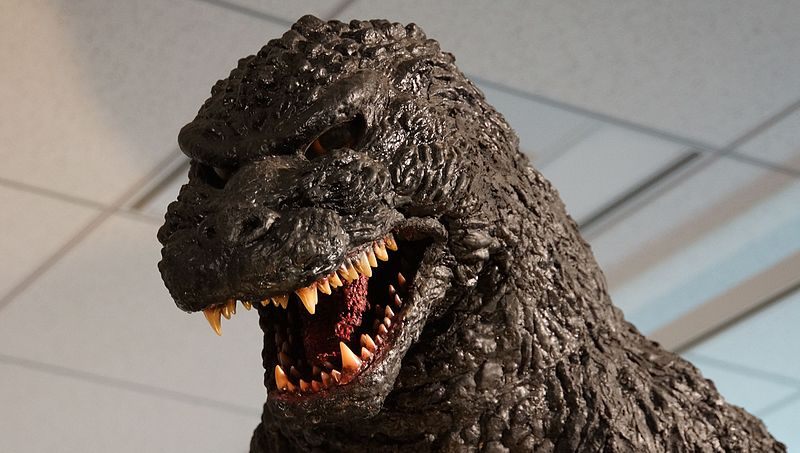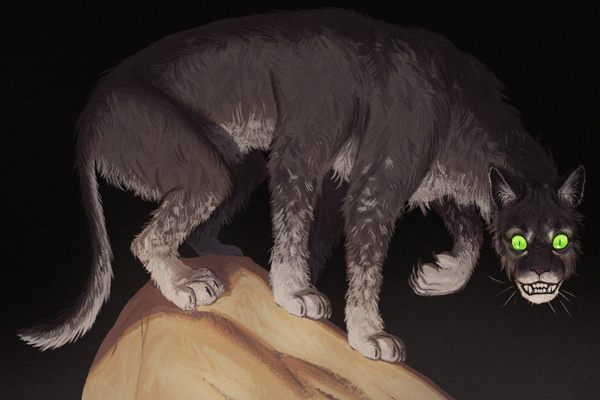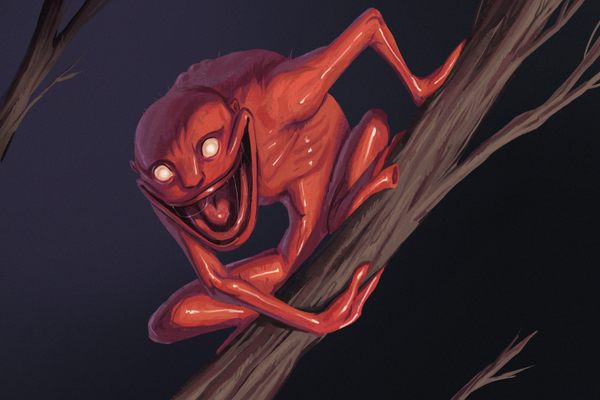How Climate Change Inspires Monsters
“The Year Without a Summer” produced some of the most iconic fictional beasts of all time.

As spring slipped into summer in 1816, something very strange happened. The months went by—April, May, June, July—but summer declined to show up. In May, the Eastern United States was beset by frost, killing crops. By July, upstate New York was so cold that everything had ceased to grow. In August, there was a frost again, as far south as Virginia. Across the Atlantic, harvests failed throughout Britain and Ireland. Even further afield, in China, India, Japan, and Russia, crops were damaged, water buffalo perished, and torrential rain caused fatal floods.
Eventually, summer showed up—a year late. The Year Without a Summer had brought with it damage and devastation, but it had another, more unexpected legacy: monsters.

The writers Mary Shelley, Percy Bysshe Shelley, Lord Byron, and John William Polidori were on a trip with friends at a villa overlooking Lake Geneva in Switzerland. On their so-called summer vacation, it rained and it rained and it rained, and they found themselves caught inside, doubtless wondering whether the sun was ever going to shine again.
They sat indoors, apparently illuminated only by the flickering of candlelight, and watched lightning as it flashed across the surface of the lake. Lord Byron is said to have suggested what happened next: a competition, to write the scariest ghost story they could. This parlor game resulted in two of the most iconic horror stories ever written: Shelley’s Frankenstein, and Polidori’s The Vampyre. The latter would later inspire Bram Stoker’s novel, Dracula. (Pages from Shelley’s manuscript are currently on show at The Rosenbach library in Philadelphia, along with Stoker’s notes for the novel.) Both feature strange weather events, and ice, on almost every page.
It’s not hard to see how change of this sort might prove inspirational, Rosenbach curator Judy Guston told Earther. “The sun was eclipsed by darkness, crops were dying, there were violent storms and record cold everywhere. People must have been thinking the world is going to die.” Scientists now think that the stormy “summer” that influenced these two texts was caused by a volcano eruption thousands of miles from Lake Geneva in Indonesia.

In April 1815, Mount Tambora spurted out nearly 40 cubic miles of ash, killing at least 71,000 people. It is often described as one of the most deadly volcanic eruptions in recorded history. This eruption sparked a climate event, with tons of sulfur injected into the atmosphere. This in turn formed a kind of veil of sulfates, sprayed into the air as if by a gigantic aerosol can. Under this invisible veil, the earth’s climate went bonkers. But on the ground, far away from Indonesia, no one knew what had happened—and across the world, millions of people woke up, day after day, and waited for a summer that wasn’t coming.
As the earth changes, monsters real and imagined will come crawling out of the darkness. Some, like Godzilla, will be fictional. Others, like an explosion of seemingly immortal jellyfish, will be real. Even our most popular cryptids will be forced to change their lives, with hotter weather forcing them from their lairs. If the Loch Ness dries up, its monster will have nowhere to live. When the snow melts, Big Foot and the Yeti will have to pack up their caves and head down the mountain.
Slowly, fiction and cinema alike are beginning to draw from a climate change doomsday. Screenwriters Lucy Alibar and Benh Zeitlin, in their 2012 film Beasts of the Southern Wild, imagined prehistoric aurochs running loose across a warming world. The real supervillain, of course, is the changing climate itself—but giving it a name, a face, and a home might just help us remember why we want to keep it at bay.
We’re searching for the next climate change monster. Learn more here and send us your ideas!











Follow us on Twitter to get the latest on the world's hidden wonders.
Like us on Facebook to get the latest on the world's hidden wonders.
Follow us on Twitter Like us on Facebook